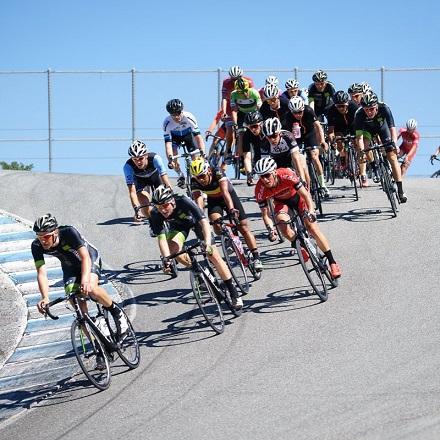
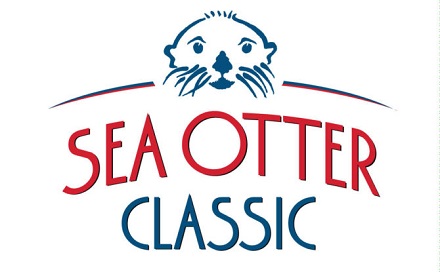 www.seaotterclassic.com
www.seaotterclassic.com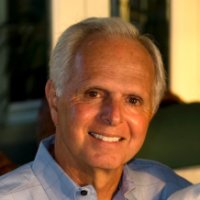
Located in the tourist Mecca of Monterey County, California, the Sea Otter Classic is a four-day festival of cycling that serves as the sport’s North American season opener. Pro cyclists, including national, world and Olympic champions, compete at Sea Otter, as do spectators and recreational cyclists. Among the cycling racing disciplines represented are mountain bike cross country, downhill, dual slalom and short track racing. Road cyclists compete in circuit, criterium, and road racing. Also offered are cyclocross and multiple non-competitive events for riders of all ages, including children. Last year, the event added a division for racers on electric bicycles. The Sea Otter Classic also hosts the world’s largest consumer bike exposition in North America, with hundreds of vendors of bicycles and related merchandise.
Sports Destination Management: This is the 28th annual event. What was it like in the beginning?
Frank Yohannan: We first hosted the event, which was then named the Laguna Seca Challenge, in April of 1991. There was a total of 350 athletes and 150 spectators. We had one little tent for registration. Today, the event hosts over 9,600 athletes and 72,500 fans. In 1993 the event was renamed the Sea Otter Classic.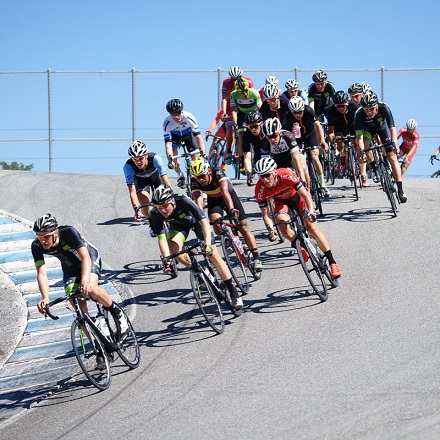
SDM: In the beginning, did you have any idea it would grow to be such a success?
Yohannan: We never had any idea, not at all. There were years when we thought it would grow to be a strong, well attended regional event, attracting mainly west coast riders, but we never knew we’d see it grow to be the premier cycling festival in the U.S. It just kept taking off. Around 2000 to 2003, I would say it became clear to us the Sea Otter Classic was viewed by the cycling industry as a major event.
SDM: Has the growth since its inception been constant?
Yohannan: I don’t think we ever saw a year when it didn’t at least stay the same; usually, it grew. We were a little flat during the recession in 2008 and 2009 but our numbers never fell back.
SDM: The Sea Otter Classic offers a variety of different events. Were those added as you went along?
Yohannan: We wanted to create the opportunity for any rider to come out and compete in any event, or just to go for an organized ride and have fun. We were lucky because springtime in Monterey is great. The weather is terrific for cycling. We really have not been impacted by rain over the years. We were also very fortunate in that we had a venue that gave us plenty of room to grow. The other key part is that it falls in a good time of the year; it’s the start of the cycling calendar. Young riders are just getting off their skis and snowboards. The combination of all that means people are ready to come together for cycling.
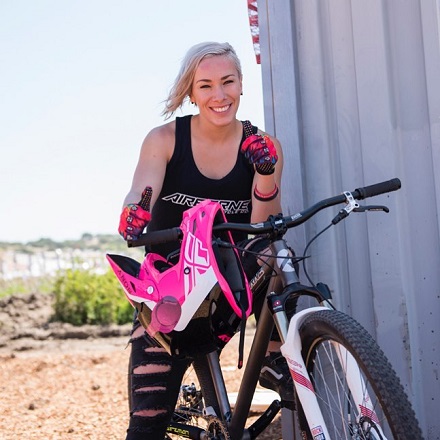 SDM: The economic impact of the event is substantial.
SDM: The economic impact of the event is substantial.
Yohannan: Over $30 million.
SDM: Do people tend to come and stay?
Yohannan: Most of the folks who come spend at least two nights. An awful lot will stay three, four and five nights. They come mainly for Sea Otter, but once they get their cycling fix, they’ll go for a family vacation. They’ll go hiking in Big Sur, see the aquarium, explore Monterey; this is a strong tourism community.
SDM: Is it all hotel stays?
Yohannan: There are plenty of people who stay in hotels in the Monterey area, but we also see our camping numbers grow every year. We’ll probably have 8,000 campers at the event. They will stay for a minimum of two nights, but mostly three or four nights.
SDM: Are attendees from all over the country?
Yohannan: We do get national attendance for this, but I am always surprised at how many people come up from Southern California. It’s a six- to eight-hour drive but they’ll drive in with friends or family.
SDM: What kind of use are you seeing of the sharing economy?
Yohannan: We’re absolutely seeing Airbnb stays. It’s funny; we used to help the pro teams with host housing; they came in from Europe, South America and so on. But as Airbnb and VRBO started taking off, they started just arranging their own lodging. We see a lot of cycling teams as well as exhibitors using that.
SDM: Let’s talk about your exhibitors for a moment. It’s a substantial trade show.
Yohannan: It’s close to 500 companies exhibiting now and they’ll have three to four people each to come in and man the booth. Everyone is out there to sell product or introduce new merchandise for the cycling season. We see a lot of new product releases. The expo has about 10 to 15 percent growth each year. I would say the growth of the expo really started because we had pro teams coming to the event. As the competitive side grew, the pro teams would come with their big rigs and their displays. We started to see more manufacturers showing up and suppliers coming in to promote their team or product. It was a great example of grassroots growth.
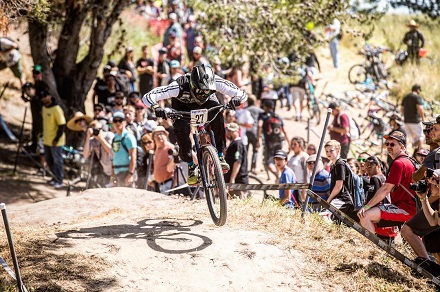 SDM: Is there a lot of media coverage of the Sea Otter Classic?
SDM: Is there a lot of media coverage of the Sea Otter Classic?
Yohannan: Yes, there are about 350 international media representatives who will attend. Everyone wants to see the competition, plus look at the new bikes, clothing lines, bike components and more. It’s really a great combination.
SDM: The event is like the poster child for cycling.
Yohannan: We’re really using the event to promote cycling in general but a big focus of ours is to get more kids on bikes. We try to make it fun for the really young ones; we want to say, ‘Hey, come out and see that cycling is fun and not at all intimidating.’ We have a school outreach program. We’ll talk to sixth and seventh grade kids, and we’ll send a pro rider out to joke with the kids and show them what he can do. A lot of times, we can set it up so there’s an assembly and the pro rider can jump over the principal. It’s a lot of fun for everyone. Plus, children 12 and under get into the Sea Otter Classic free of charge.
SDM: Is there a focus on getting women cycling as well?
Yohannan: In our industry, it’s been mainly male-dominated, so there is a lot of focus overall on getting more women to ride bikes. We’ll do what we can to get the young kids, both boys and girls, to come out. We offer women’s programs to get young women and young girls into the sport. Sometimes, it means just getting over that barrier in their mind. There are programs, like Little Bellas, that introduce little girls to mountain bikes. It’s so much fun to see them riding around and having fun. And if the kids are having fun, the moms will usually see it and they’ll get excited. They’ll think, ‘Well, if they are going to get a bike, I’d better get one too.’
SDM: Do you offer adaptive cycling divisions, or special divisions for veterans or anything like that?
Yohannan: I spent 22 years in the Marine Corps and so we’re very interested in welcoming veterans into our event. We see a lot of veterans’ groups camping together, for example, and racing using a lot of different types of bikes, since they might be amputees or have other physical challenges. They can ride for free and race for free. We also have discounts for those who are on active duty.
 SDM: You started the electric bike races last year.
SDM: You started the electric bike races last year.
Yohannan: We need to stay fresh and current. Over the years, new disciplines have come into cycling along with new types of racing. We want to be one of the first to embrace those new things. In addition, we’re always looking for new ways to entertain people at the event. We have low-key live music, a beer garden, a huge food court, shows, demos, trick riders during the event – all kinds of things going on. In that sense, we are always trying to stay ahead of the ballgame.
SDM: Do you think about expanding to other locations?
Yohannan: We already have. In June, we’ll hold our second annual Sea Otter Europe in Spain. Last year, it brought 30,000 people. This year, we’re hoping for even more. We’re looking into establishing a Sea Otter Australia. We’re taking what we’ve learned over the course of almost 30 years in Monterey and introducing it to different locales.

